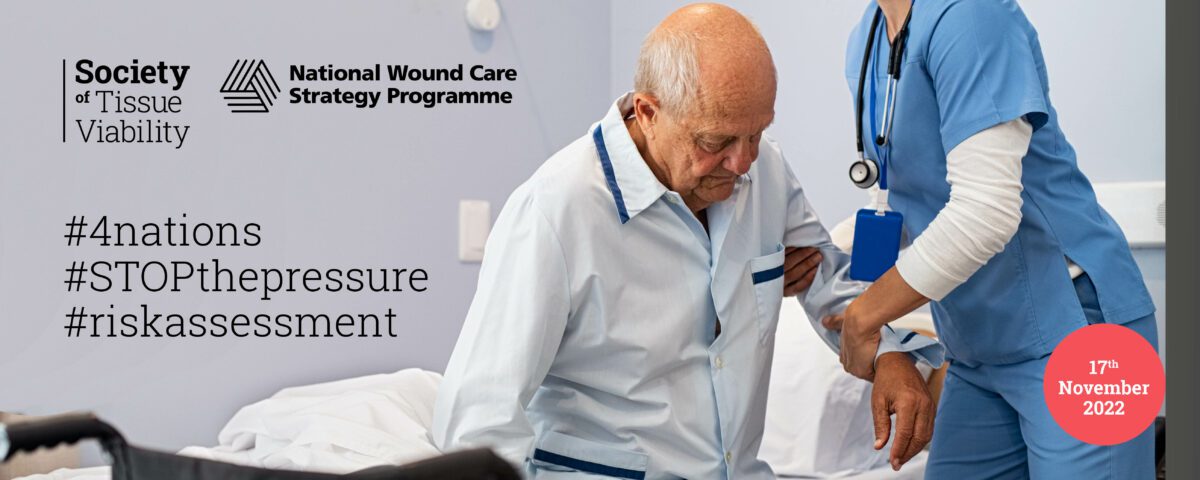PURPOSE-T FAQ’s
When should you be screening? When to use clinical your judgement? These and many more of your questions answered

FAQs
Regarding patients who are receiving enteral feeding – do we tick no problem if able to take prescribed amount or poor nutritional intake – (thinking of someone new to ICU following an RTA, i.e. previously fit and healthy)
With regards to devices – is it all devices, or only devices that are causing pressure/shear. And how can you decide this during one risk assessment? What devices do not cause pressure/shear?
What is the point of noting whether the patient is diabetic? – sensory perception and perfusion is picked up in other sections?
In areas such as ICU everyone is at risk – so good to be able to omit the screening, but is there really any point in completing a full assessment as everyone is likely to score amber in sections such as analysis of independent movement, sensory perception and perfusion – Why not move to the detailed skin assessment? How will STEP 2 influence care planning in this environment?
We piloted the PURPOSE-T in a cardiology ward. Staff felt that patients who were relatively self caring/independent were deemed at risk because they had a degree of oedema – I asked them in their clinical judgement, was the oedema significantly impacting on their pressure ulcer risk – of course they said no, but they seemed afraid to trust their clinical judgement
The clinical judgement item at screening prompts the nurse to use his/her clinical judgement and wider knowledge of the patient to assess whether there are any other significant factors that may impact the patients pressure ulcer risk (requiring the more detailed second step assessment or whether they can be screened out at step 1). This could include factors such as perfusion problems, oedema, epidurals, steroids but this is not an exhaustive list. Other wider factors such as increasing or fluctuating dependency should also be taken into consideration. Confidence in making this decision may grow with experience. If at the screening stage the nurse is uncertain or under confident about their clinical judgement they can always take the patients through the full assessment to allow more detailed consideration. This may make them more confident to indicate the patient as not currently ‘at risk’. Following the full detailed assessment if only yellow or blue boxes are ticked the risk profile of the patient must be considered and clinical judgement should be used to determine whether the patient is ‘at risk’ or ‘not currently at risk’. This should be influenced by number of yellow boxes ticked (i.e. patients with a number of yellow boxes ticked are more likely to be considered ‘at risk’) and consideration of the patient’s individual circumstances. For example a patient may only have the presence of unplanned weight loss but may be terminally ill and nearing the end of life. Here the general trajectory of dependence will increase and the patient may therefore be considered to be ‘at risk’. In another example a young diabetic patient may have undergone acute surgery but be recovering well. Here the general trajectory is increasing independence so the patient may therefore be considered to be ‘not currently at risk’, (this would need to be reviewed if the patient’s condition changed). This may make them more confident to indicate the patient as not currently ‘at risk’.














